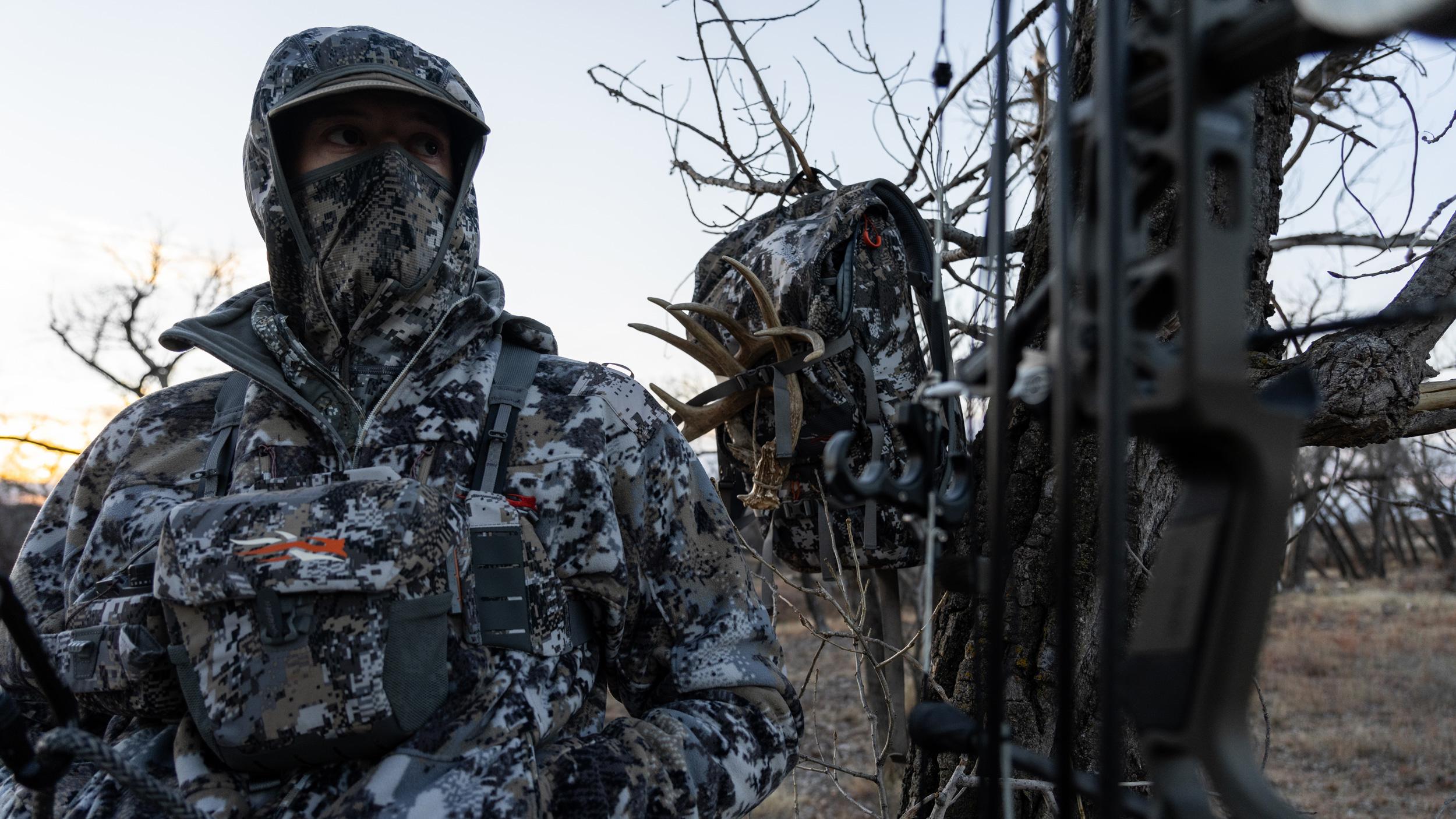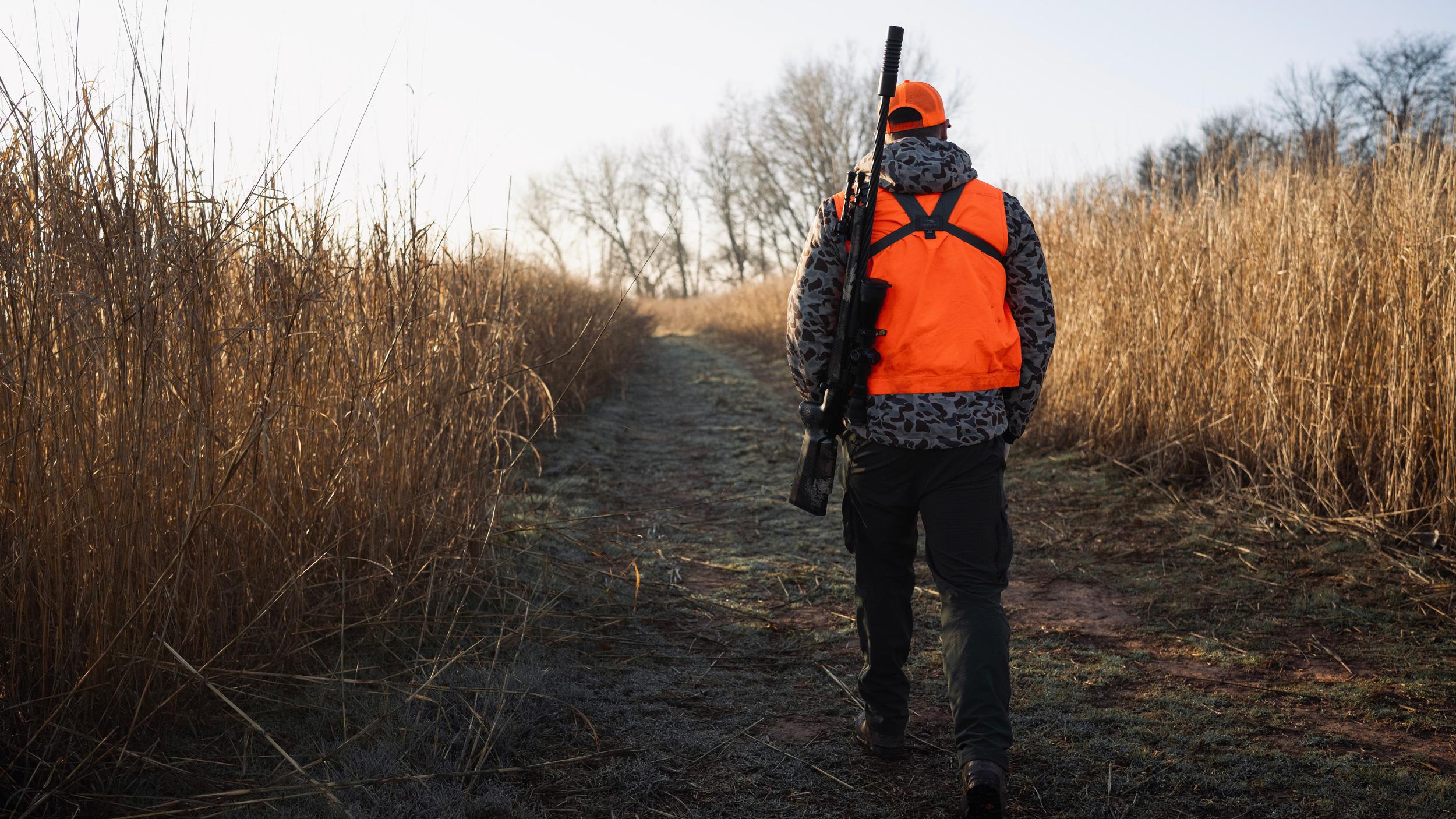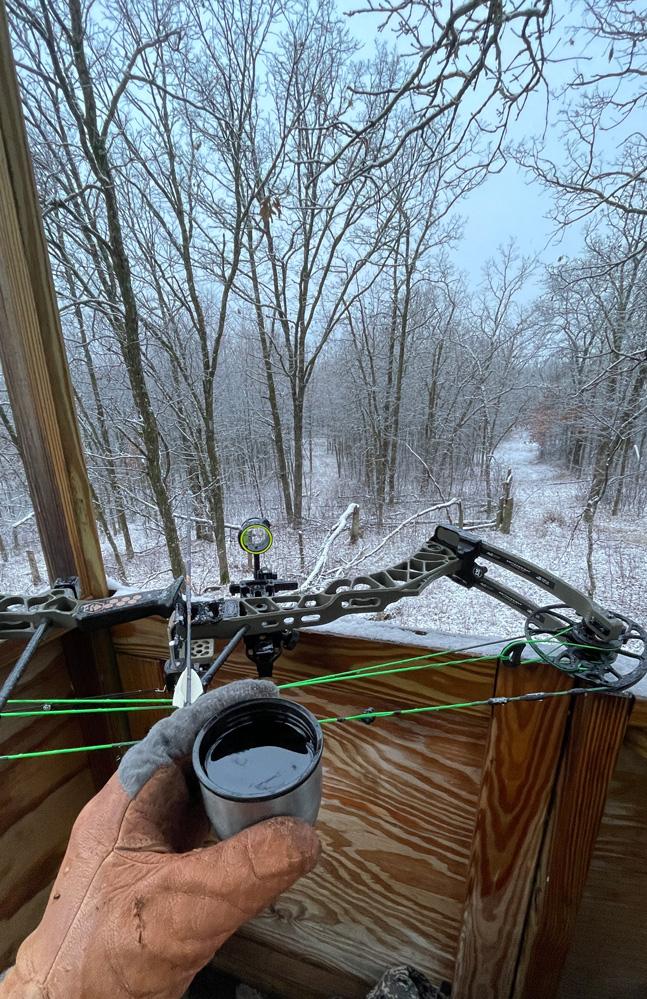






With late-season deer hunts beginning around the country, many folks are rummaging through their hunting closets, pulling out their warm-weather gear as they prepare to brave the unforgiving elements that come with late-season hunting. One of the most critical factors for success on a late-season hunt is maximizing your time in the field. After all, you can't do that if you’re freezing cold 30 minutes into the hunt. So, I’ve decided to share a few tips on how to stay warm on a late-season hunt, which will allow you to spend more time in the field comfortably.
One of the most crucial elements in combating cold temperatures on a hunt is a good layering system. I like to categorize my layering into three categories: base layers, mid-layers, and outer layers. For the base layer, I usually opt for a good moisture-wicking merino long-sleeve top and bottom to keep sweat away from the skin. From there, I add my mid-layers, which serve as my core insulating pieces. Usually, I prefer a good fleece hoodie, followed by a down jacket or vest on top. If it's exceptionally cold, I’ll layer a vest over the fleece hoodie and then a down jacket. Lastly, for my outer layer, I wear a windproof and waterproof jacket to shield against harsh weather conditions. A dependable windproof outer layer is crucial for late-season hunts since it's often windy, leading to cold conditions.
Sweat can be detrimental during a late-season hunt. We’ve all experienced situations where we had to walk a fair distance to a hunting spot, only to arrive there dripping sweat, bundled up in all our gear, and struggling to stay warm. The more you manage your sweat levels, the warmer you’ll be on your way to your hunting spot — and the better off and warmer you’ll remain during your hunt. Rule number one: don't layer up entirely at the truck. If you anticipate a long walk to your spot, it's best to wear minimal layers to manage sweat and keep yourself and your clothes as dry as possible. Often, I’ll wear just my base layer and pack the rest of my clothes in a backpack to put on at the hunting spot. Additionally, I take my time walking to the spot to prevent excessive sweating. The more conscientious you are about controlling your sweat, the better your experience during prolonged sits in the cold.
If you’re like me, your head, hands, and feet are usually the first to feel cold and bother you throughout the hunt. That's why I prioritize keeping these areas warm. They say a lot of body heat escapes from your head, so wearing a properly insulated hat is crucial. I prefer a good fleece-lined hat that's effective in windy conditions. Adding a neck gaiter to keep the neck/head warm makes a significant difference, in my experience.
To keep my hands warm, I opt for half-mitten finger gloves. These offer both functionality and added warmth. Another essential item I pair with my half-mitten finger gloves is a hand muff around my waist. Hand muffs are absolute lifesavers in maintaining warmth during cold temperatures. Adding a hand warmer to your hand muff ensures warm hands, regardless of how cold it gets.
Dealing with cold feet is something I'm familiar with. Over the years, I’ve learned a couple of tricks to keep my feet warm. One big trick isdown booties are a game-changer; they're essentially down-insulated slippers that go over your feet and ensure warmth. You wear your boots to your hunting spot, then switch to the down booties. This tactic works exceptionally well when sitting in a blind during a late-season hunt. Also, having a good pair of insulated boots and socks is essential. Sometimes, if it's very cold, I'll use toe warmers in my socks before putting on my boots. My advice is to wait until you reach your spot before using toe warmers to prevent your feet from sweating during the walk.
Lastly, don't forget to carry a thermos filled with a hot beverage like coffee, tea, or soup to warm you from the inside. There's something comforting about sipping a hot cup of coffee on a cold day; it helps both mentally and physically to stay out hunting longer. I usually tape my thermos to prevent any noise from the metal that might spook deer. Other than that, I always have my thermos packed in my backpack for late-season hunts. Just ensure the lid is securely fastened to avoid spills.